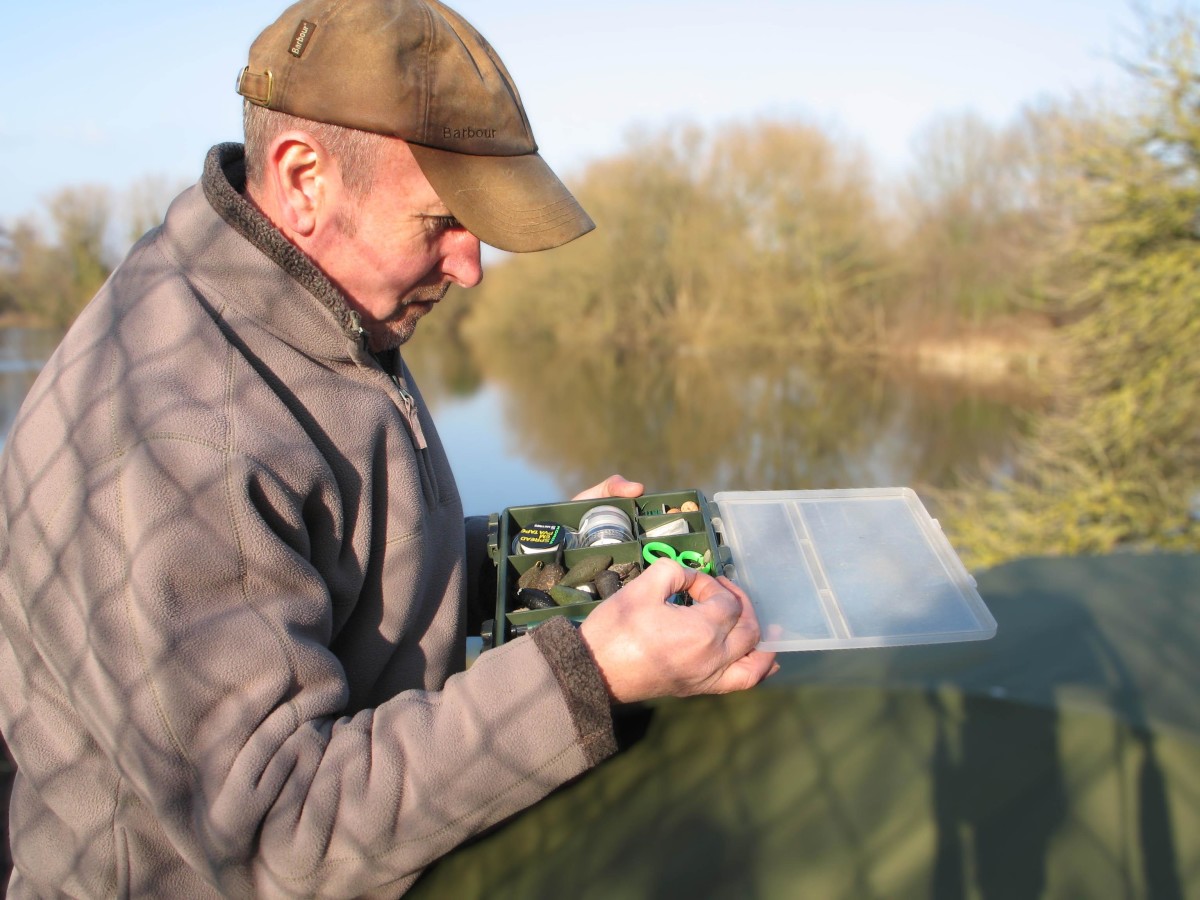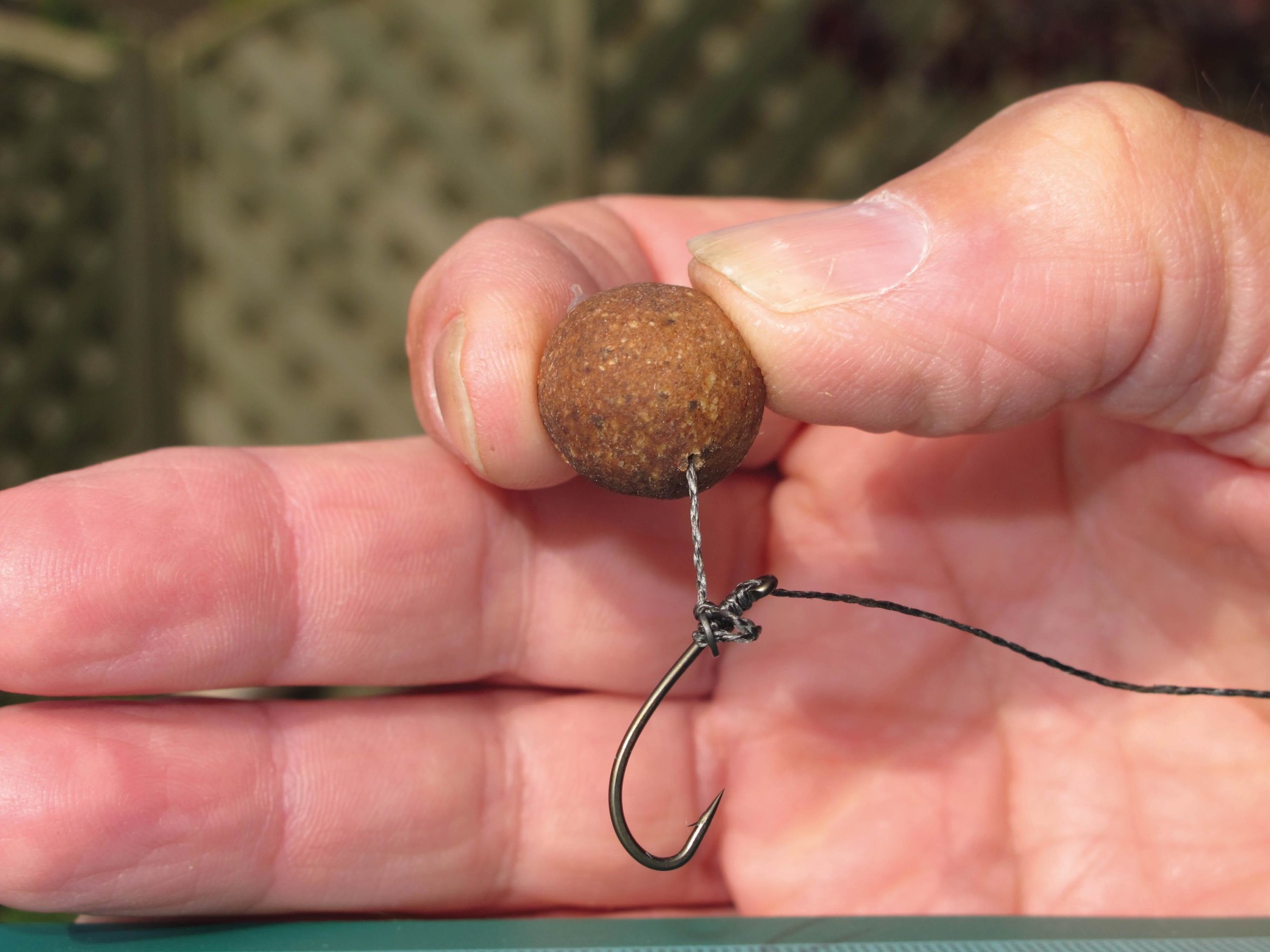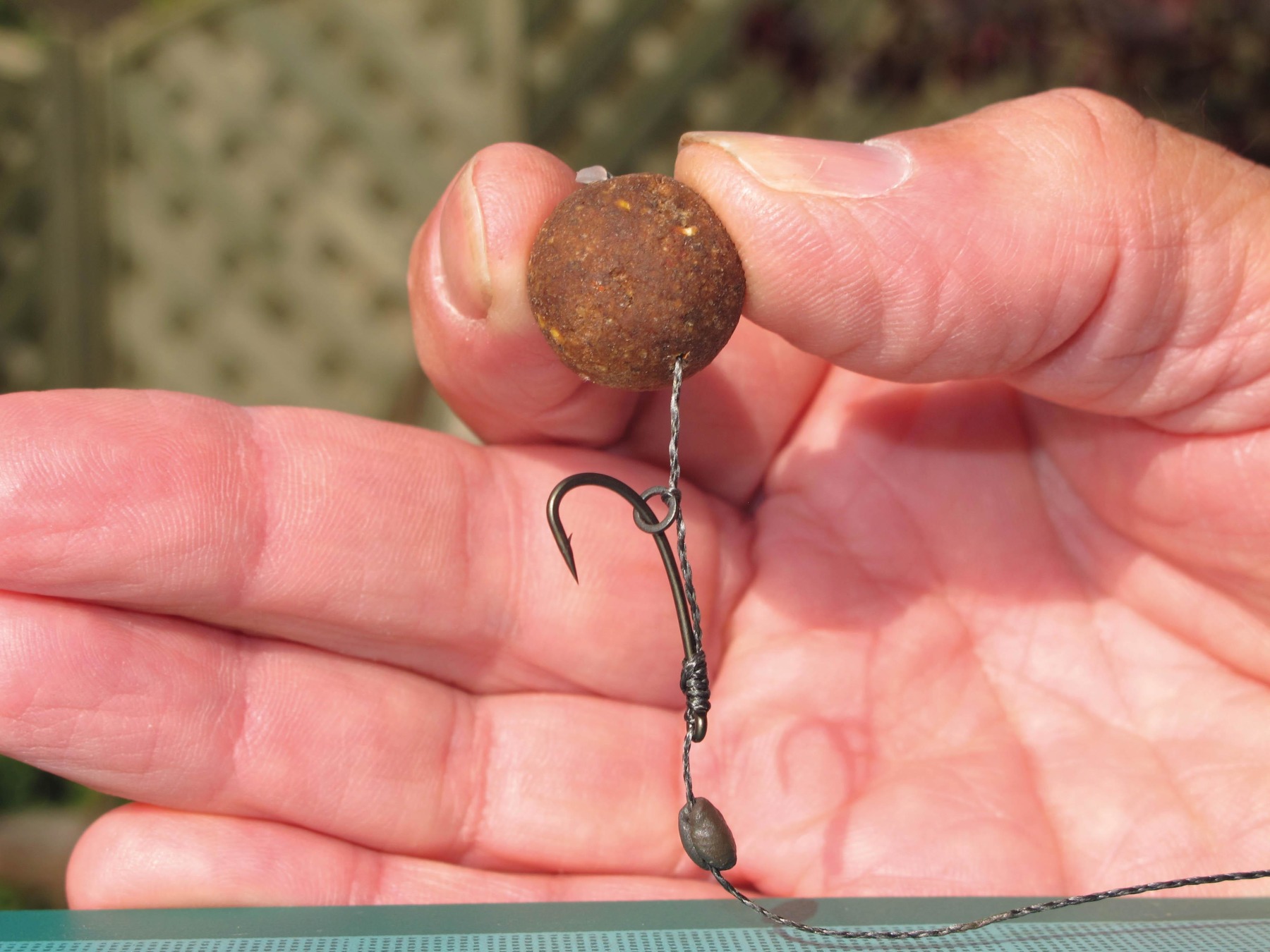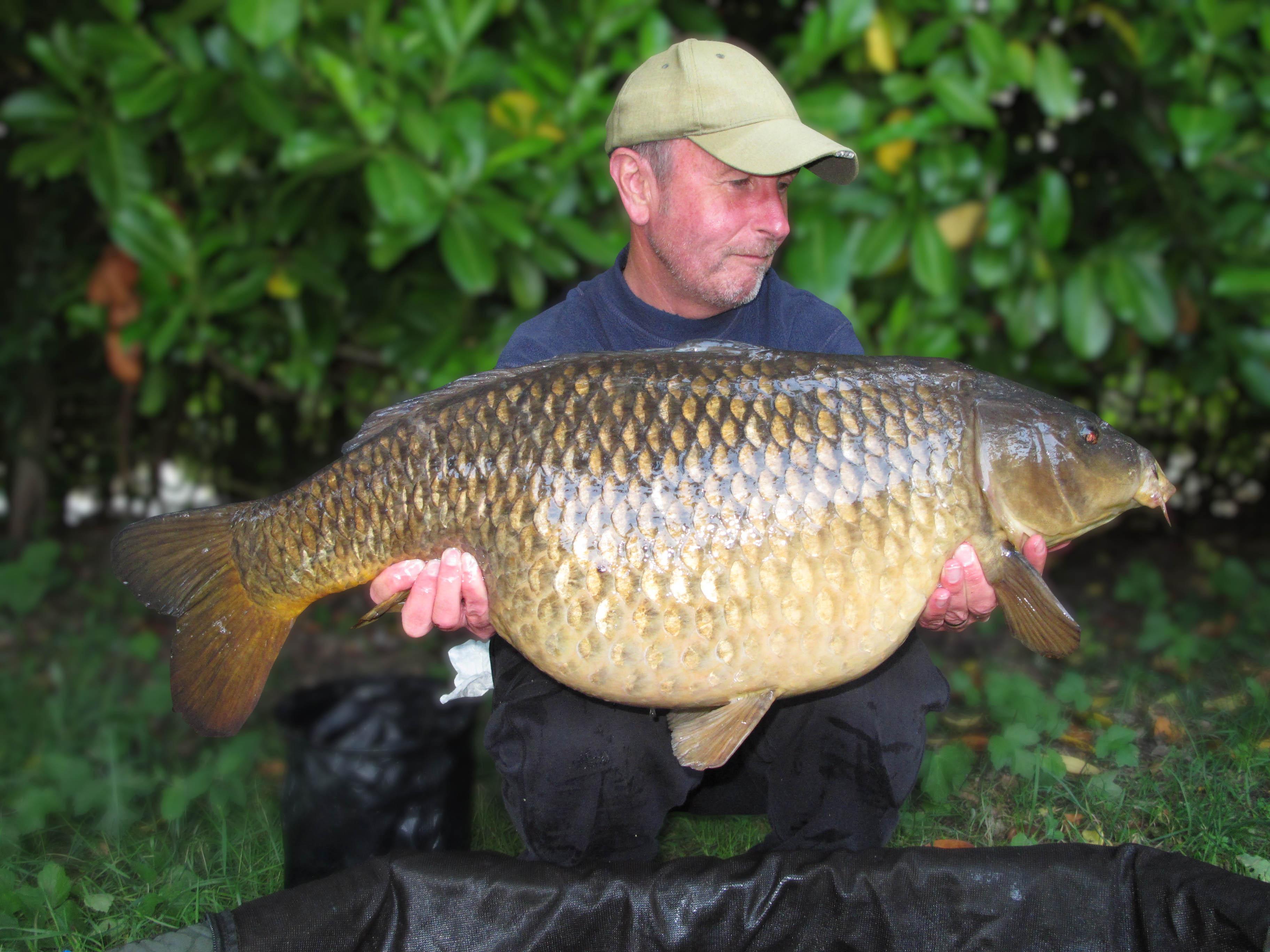
End Tackle According To... Mike Kavanagh
Invention or innovation? Advancement or adaptation? Mike considers what has really made a difference as far as terminal set-ups are concerned...
The game-changing rig moment which changed everything for me was the advent of the Hair Rig. Simply, it was a game-changing moment for all of us. Few carp anglers might fully appreciate the significance now, but separating the hookbait from the hook itself was huge. It was illogical at the time, to the point that some would have regarded it, at first, as ridiculous. That, though, is what made it such a huge breakthrough; it defied logic, but broke the mould as far as carp rigs were concerned. From my point of view the Hair Rig is the only advancement in hookbait presentation that can truly be called an invention. Every advancement since should be acknowledged only as a rig development, in my opinion, rather than an invention, as some are often quoted as being. Whichever way the bait is attached nowadays, capture at any level is purely down to the fact that the hook is always completely bare and able to penetrate without being hindered by the hookbait. Lenny Middleton gave us that, along with the knowledge and confidence to develop his lead further.
As you can imagine, having contributed a monthly column for Carpworld for 21 years, and having written about rigs and reviewed terminal tackle during that time, I rarely had to buy any rig-related items. One item in particular stood out, however, and I made a point of tracking some down before forcing my hand into my pocket to purchase a supply of them. These were the original MCF Dumper Lead Clips. They are, without doubt, the best lead clips I have ever used, because they will carry any size of lead, and when needed, will dump it at the first time of asking. The original version isn’t available now, but I read somewhere recently that RidgeMonkey have released something similar, so I’ll be interested to see theirs.
On my wish list for a future end-tackle item is a carp hook with an eye that aligns with the shank. When I find one I like, I’ll share the reason why!
After Lenny Middleton, the carp and how they feed influence me rather than anglers when it comes to rigs. My own experiences and observation are what encouraged me to experiment with stiff hooklink materials in 1989, and combine my previous use of knotted loops to create the hinge that gave a stiff hooklink material the flexibility to react positively to feeding carp. The hinge loop and its utmost importance is taken for granted now, but it plays a huge part in the mechanics of any stiff-hooklink presentation, and that’s why I used it. Similar to the Hair Rig (but not to the same level!), ‘hingeing’ a stiff hooklink of 20lb to 30lb mono was thought by purists to be ridiculous at the time, who advocated that hooklinks had to be soft and supple so that the hookbait behaved like a free offering. But I tend to question everything and go by what I see, rather than what I’m told or led to believe. The fact is that carp deal with supple hooklinks far easier than stiff ones, but even those, as we know, are next to no match for any wary or cunning carp; not anymore!


I have an excessive collection of terminal tackle, thanks to my ‘Rig World’ column days!
Rig innovation has become stagnant, in my opinion, simply because almost everyone is using the Ronnie Rig like it is the only rig there is. It catches a lot of carp, but that’s mainly because a lot of carp anglers are using it! There is nothing new about hooking arrangements that can spin through 360 degrees. Dave Lane and friends developed the all-metal, swivel version because of its obvious ability, when set up correctly, to spin and catch hold. The Ronnie achieves the same outcome, but looks neater because of the added components used to refine its appearance. Any rig that hits the headlines following a big catch is naturally jumped on these days and is used to the nth degree, to the exclusion of all other options no matter what. This does nothing to advance rig development. I don’t like using the expression, because I think it overstates the real meaning of mechanics, but in fairness, rig development has few options for advancement, mechanics-wise, and that is why most of those we see now are merely past developments, reborn. That’s not meant as a criticism, it’s just a fact. I consider myself fortunate, because I’m hooked on what I believe is one of the most versatile rigs I’ve ever used, one which allows me to alter the presentation of the hookbait, and if necessary, replicate many of the most successful hookbait presentations developed by forward-thinking carp anglers, so my search is over!
One small tweak I made to a rig that had a massive outcome occurred in 1983. I learned by trial and error and from close observation, that adding a BB shot to the hooklink approximately 5 to 10mm below the eye of the hook on any rig featuring a sliding Hair—in today’s terms, a Blowback Rig—makes a huge difference to the number of carp hooked correctly, and landed. Without the BB shot, if the hookbait is ejected, the Hair will do its job and slide down the shank pulled by the hookbait, but when it’s picked up again, the integral weight of the hook will cause it to hang upside down and have every chance of hooking the carp under the bottom lip, outside its mouth. As a consequence, the fish will be lost after the hook pulls out while being played, or foul-hooked if it’s landed. The hook needs to travel into the carp’s mouth bend first, and exit point first every time, to have a good chance of penetrating and achieving a solid hold. Adding the BB shot ensures that no matter how the bait and hook are picked up from the bottom, the Hair will always slide back to the bend, pulled by the hookbait. I’m talking about bottom baits here and wafters, not pop-ups, which normally are the only bait associated with the addition of a shot, or tungsten putty.

Hand-sharpening hooks is paramount, and can be the difference between the hook catching hold or not, before or during ejection. Over-sharpening, though, can see the point snap following a powerful take, with it then becoming embedded in the carp’s lip or its palate.
My preferred hooklink length depends on the swim, and the type of bottom I’m fishing over.
When it comes to hooklink materials, I favour coated braid, because it is so versatile. I have to pay homage to Kryston Super Mantis, which following my early trials with Snake Skin and Snake-Bite helped me develop and fine-tune my Multi Rig, and improve its performance. But there are so many good ones now with different levels of buoyancy and stiffness. One of my favourites is Fox Coretex. With fluorocarbon or mono, it has to be RigMarole’s CamH20 and their Specimon, for their outstanding strength, superb quality and application.
When it comes to mounting my hookbait, I like to use a bait screw for pop-ups, and a standard Hair for bottom baits.
When it comes to hookbaits, I opt for any from Mainline Baits, but currently, the mighty Activ-8, Cell or Hybrid, all of which continue to stand the test of time.
I see end-tackle products getting more expensive!





